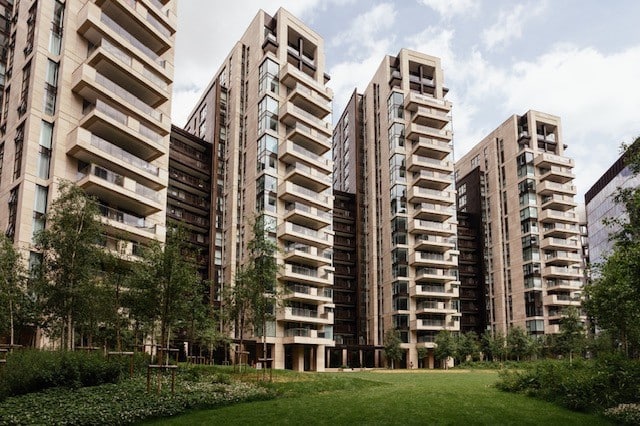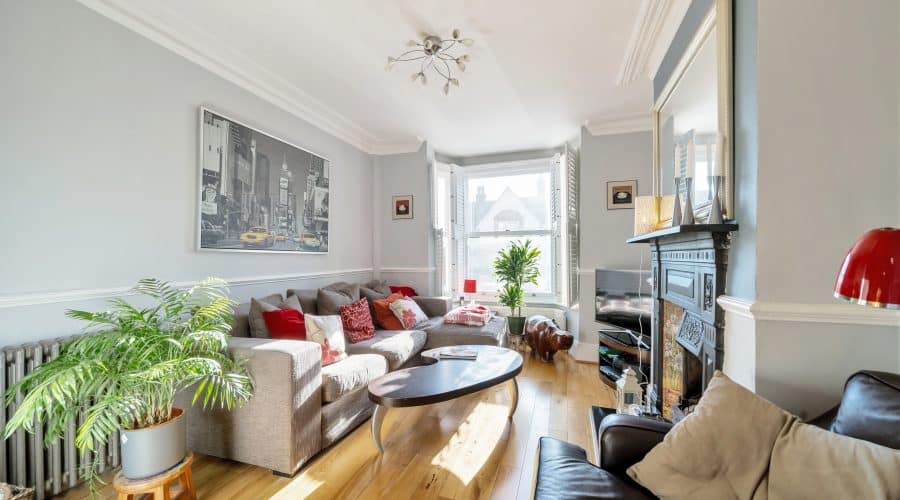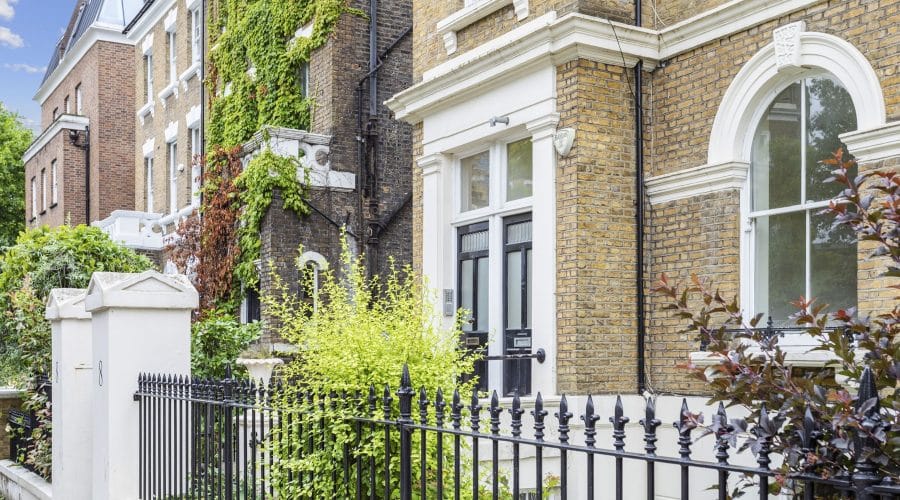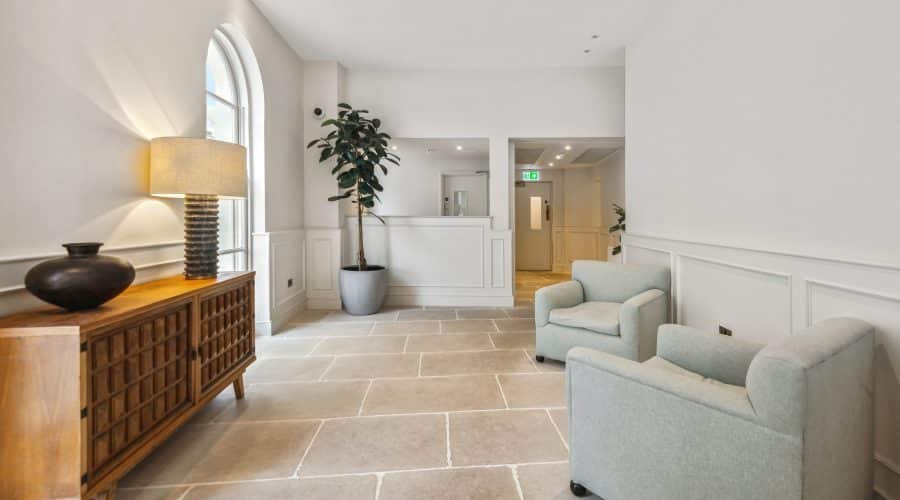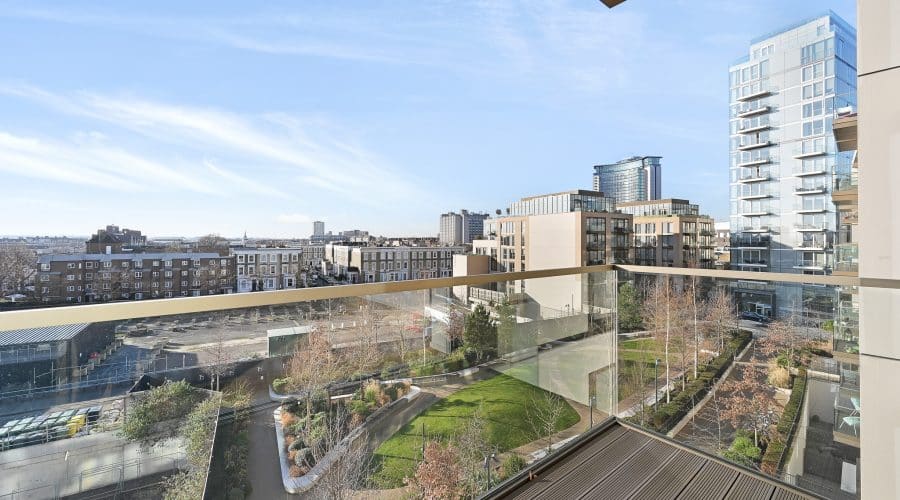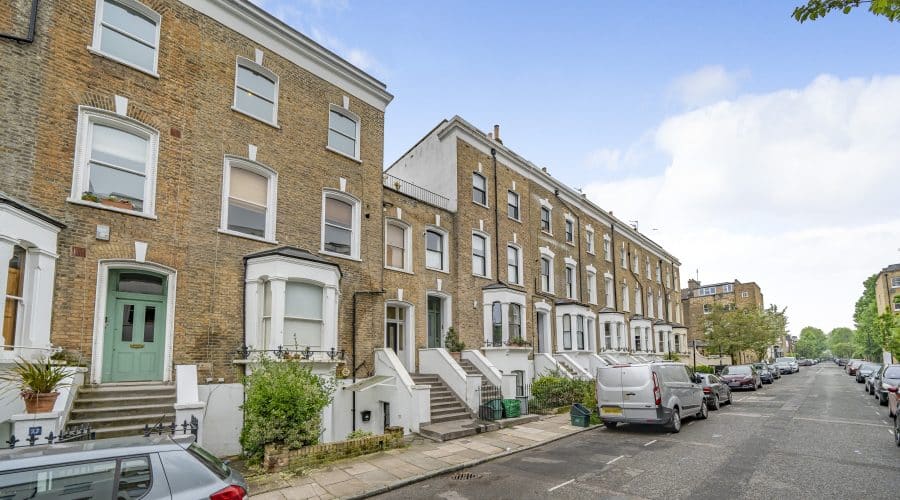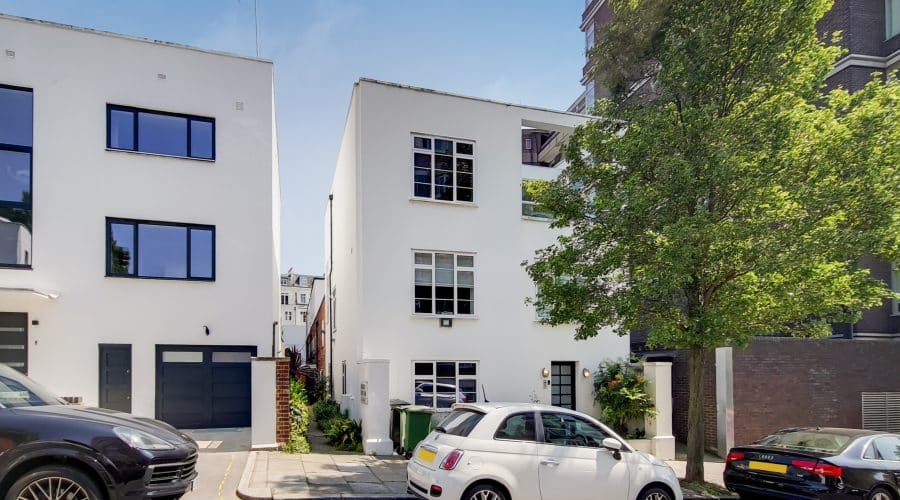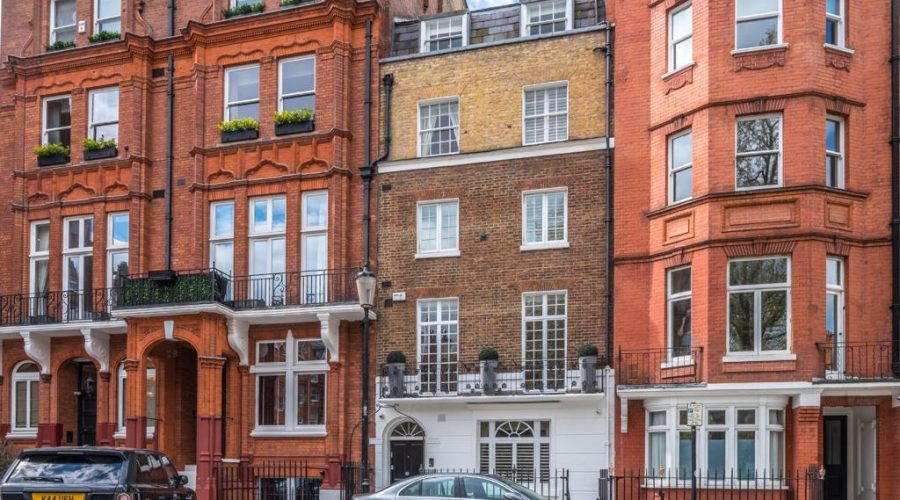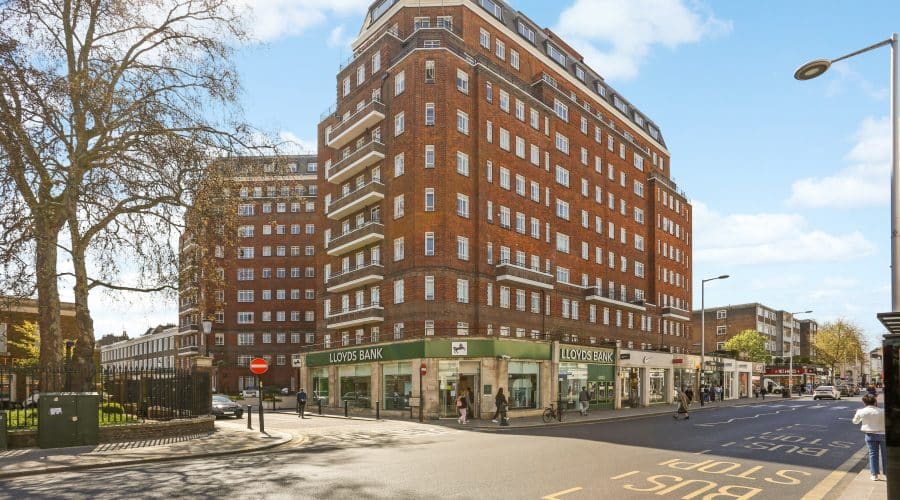It’s not just conservatories — bling kitchens, ginormous garden offices, and damp-inducing indoor pools and saunas, can all put off buyers.
By David Byers
The 1980s were a time of social and professional mobility — glass ceilings galore were smashed. At the same time British suburban families were putting up millions of their own glass ceilings at home, and these too should have been smashed.
Conservatories with glass and uPVC roofs and windows soared in popularity, but what those who installed them did not realise was they would heat up intolerably in summer and freeze in winter. Now Chris Hodgkinson, managing director of the House Buyer Bureau, said last month the presence of one could devalue your home by £15,000.
“Whether windows or conservatories, uPVC is regularly viewed as a nuisance and an immediate indication that a property has remained in stasis since the late Nineties and early Noughties,” Alexander Broadfoot, sales director at the estate agency Engel & Völkers, says.
However, poorly built conservatories are far from the only bad home investment. Agents say there are other disastrous forms of decor that typically devalue properties.
Indoor swimming pools
Where better to start than by having a pop at the choices made by our prime minister. In March it was revealed that Rishi Sunak had built a 40ft swimming pool at his house in Yorkshire, and his link to the electricity network had been upgraded to heat it. Sunak is far from alone. In recent years residents of mansions across the UK (from footballers in Barnet to billionaires in Cheshire) have installed indoor swimming pools, usually in basements — even Michael Heseltine’s grand old house in Belgravia has been landed with one by its new owner.
The only problem, say agents, is that indoor pools are often unattractive and unappealing because they have been bunged in dark rooms with no natural light. Not only are they rarely used, but they can cause problems with damp and cost a fortune to maintain — particularly at a time of high electricity bills. Experts say a lot of them fall into the more-money-than-sense category of home features.
“I went to a house recently where they had put in a pool in the basement five years ago and have school-age children. I asked who uses it and they said ‘no one’ despite it being heated, immaculate and with children’s toys everywhere,” says Christian Warman, a partner at Tedworth Property, an estate agency.
Marc Schneiderman, director at Arlington Residential, another agency, agrees: “They [indoor pools] have no added value. They’re generally considered unenjoyable to use, expensive to heat and, if not properly managed, can cause a bad odour through the property, as well as condensation problems.”
Simon Barry, head of new developments at Harrods Estates, says it has “always an issue selling an older house with a pool” and that many home owners end up draining them, leaving a huge hole in the ground. He urges these owners to refill them if they’re trying to sell the house to convince buyers that it is a useful space.
Remember when we were told the pandemic was heralding something called the “new normal”? Nobody knew what this meant but, for many of us, it was some element of social distancing, staycations and working from home. The prospect of the end of commuting left some white-collar workers far more excited than they should have been, while others were miserable at the prospect of being stuck in such close proximity to their young families for ever. For both of these groups the study/office in the garden was a must-have.
In the six months after the start of the first lockdown in March 2020 nearly one million homeowners splashed out on a garden office, according to the insurer Direct Line. If done tastefully they remain an attractive addition for would-be buyers, but there is a tipping point. Some of the WFH brigade went OTT and built for themselves home offices so large that they obliterated much of the garden.
“I was selling a large family home in Clapham [southwest London] that had a 40ft garden. Their children are teenagers so gardens are not as important, so they built a large home office/PlayStation room for the kids,” Kesha Foss-Smith, regional director at John D Wood & Co, an estate agency, says.
“This may have added value for them, but the people who are moving to this house have smaller children and therefore the outside space is more desirable. Every potential buyer felt they would need to take it down.”
These lockdown man cave builders lost sight of one crucial thing: how obsessed we Britons are with our gardens. An analysis by Savills about the relationship between garden size and house prices reveals that buyers are paying about £424,000 for an average 1,200 sq ft house (a typical three-bedroom home) with a large garden, compared to £260,000 for one with the smallest-sized garden.
“The value of private outdoor space is one of the pandemic’s legacy trends that has become permanently ingrained in the home buyer’s psyche,” Frances McDonald, director of residential research at Savills, says. All of which is fine if you haven’t ripped up loads of it to put in a man cave.
Flash kitchens
The concept of an open-plan kitchen has become a national obsession, bolstered by endless interiors shows and TV series hits such as Big Little Lies. The concept of a kitchen island dates back as far as 1956, when it was described as a tool of liberation for the housewife.
Most spacious, presentable and modern kitchens still add significant value to a property. But, as with man caves, if you’ve taken leave of your senses and knocked down all the walls in your home to construct a monster kitchen diner — often at the expense of anyone’s personal space — you’ll ultimately suffer for it.
“I have had clients rip out a brand-new kitchen that cost over £150,000 to put in in the first place because it was too bling. Kitchens and bathrooms are very personal,” Mark Lawson, a partner at the Buying Solution, says.
A key concern for some buyers is that those kitchens are so big they obliterate a house’s personal space. Magnet, a kitchen designer, found that 29 per cent of 2,000 house hunters said they would pay more for a home where the kitchen, dining room and lounge remained separate. However, two thirds of buyers said they would pay more for a property if the kitchen was newly modernised or refurbished. The trick is to use your common sense and think what looks stylish but is also useful.
Boys’ and girls’ toys
As Harry Enfield’s vulgar show-off character Loadsamoney satirised, flaunting your wealth could leave you with an unsellable house — or one where you have to accept a price drop. Agents say examples of Loadsamoney toys that nobody wants are saunas, steam rooms, golf simulators, bowling alleys and cinemas.
Part of this is cultural. “Buyers from different countries have different priorities. Russian buyers have always valued saunas and steam rooms as they are part of their culture, but for many UK buyers these are a waste of space in a confined London townhouse and will simply add to the cost of modernisation,” Barry says.
Lawson says that if you must install lots of mod cons around your home, make sure they’re high quality. “Fancy extras such as saunas, steam rooms, golf simulators and bowling alleys need to be the best, otherwise top-end buyers notice and realise it will cost to tear them out and replace them. More rurally, an overspend on stables and horse equipment at a property that is unlikely to attract an equestrian buyer is a mistake.”
Sometimes these extras are niche to the point where it’s vanishingly unlikely a prospective buyer will share your interests. Philip Harvey, senior partner at Property Vision, a buying agency for upmarket clients, says koi carp ponds are never a winner. “In 23 years I have never had a client who wanted to keep koi carp,” he says. “Equally I have yet to see a koi carp pond that is visually attractive, however beautiful the fish within it may be. It is seen as a liability that will be expensive to remove.”
Iceberg basements
For much of the first two decades of the century, streets in exclusive postcodes in west and central London were jam-packed with construction workers building basement conversions for billionaires who wanted subterranean snooker rooms, staff quarters, car parks and even underground nightclubs. The combined depth of all the basements carved out underneath the capital over the past decade would measure 50 times the height of the Shard, according to a study by Newcastle University.
The Ukrainian-born tycoon Leonard Blavatnik reportedly had one of the biggest and deepest basements built in Kensington Palace Gardens, including a multistorey car park. The Foxtons founder, Jon Hunt, won a ten-year planning battle to build a megabasement below his house in Kensington to hold his collection of classic cars.
And yet many experts say this feature won’t necessarily add value to properties — and, when done badly, can make them less attractive. “Basements by their nature are dark and have no windows, so you have to consider how that space will be used. For example, bedrooms cannot be designated or sold as a bedroom unless it has a window,” Camilla Dell, managing partner at Black Brick, a property buying agency, says.
“Some of the worst basements I’ve seen are multilevel ones. Space is often created for beauty salons, massage rooms, gyms — but the reality is these spaces are rarely used. Buyers do not place as much value in terms of price per square foot on basement space as they do on floors that are above ground. The differential can be as much as 50 per cent in the worst cases,” she says.
However, if a basement is done well it can add value. Broadfoot says that, executed correctly, “property elements involving planning permission add the most value — loft and basement conversions being the foremost examples”.
The thing to bear in mind when building features great or small is how tasteful and useful the space is that you’re building. For basements, Broadfoot says, the emphasis must be on building a practical and versatile space as well as ensuring there is natural light.



